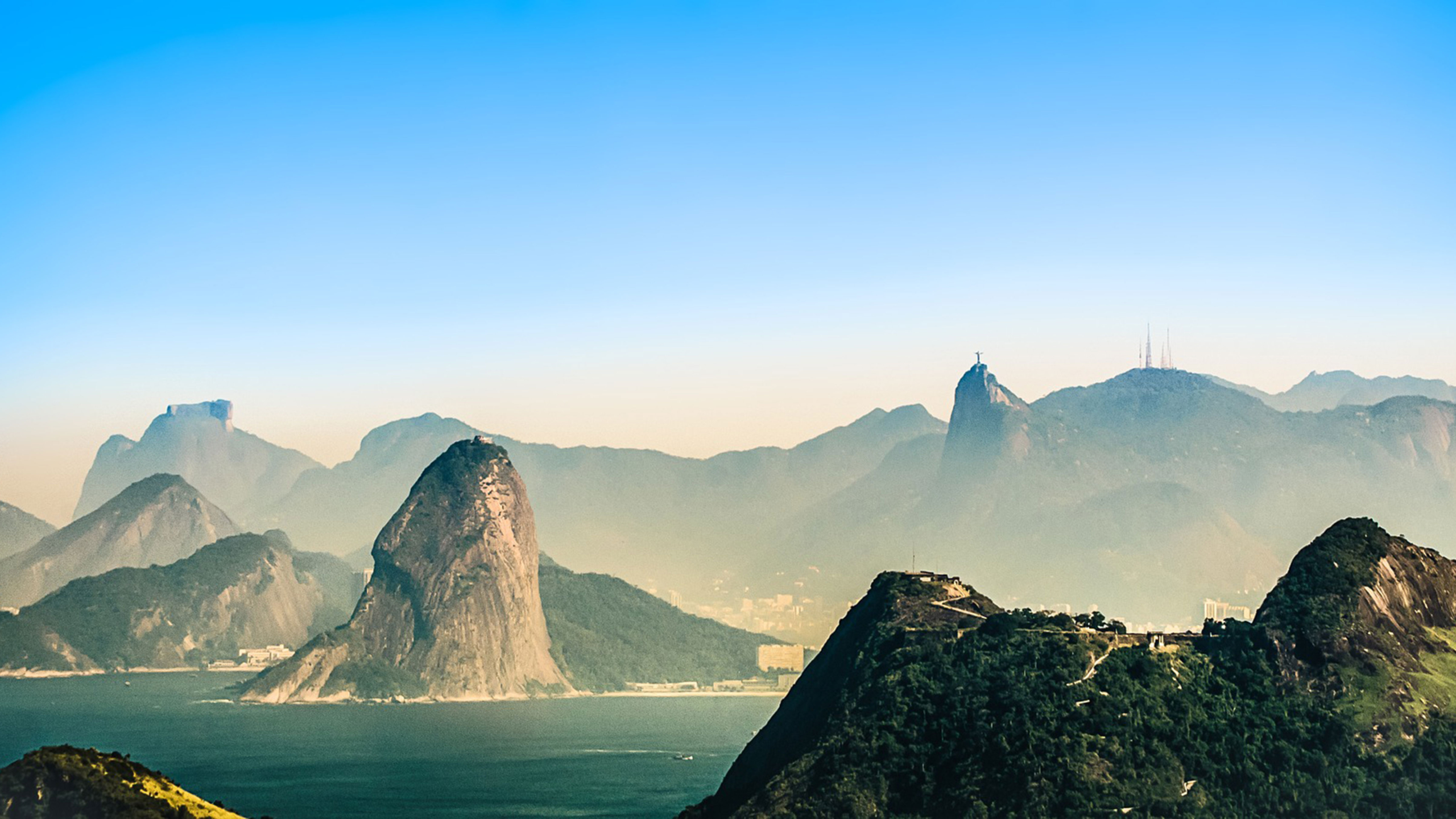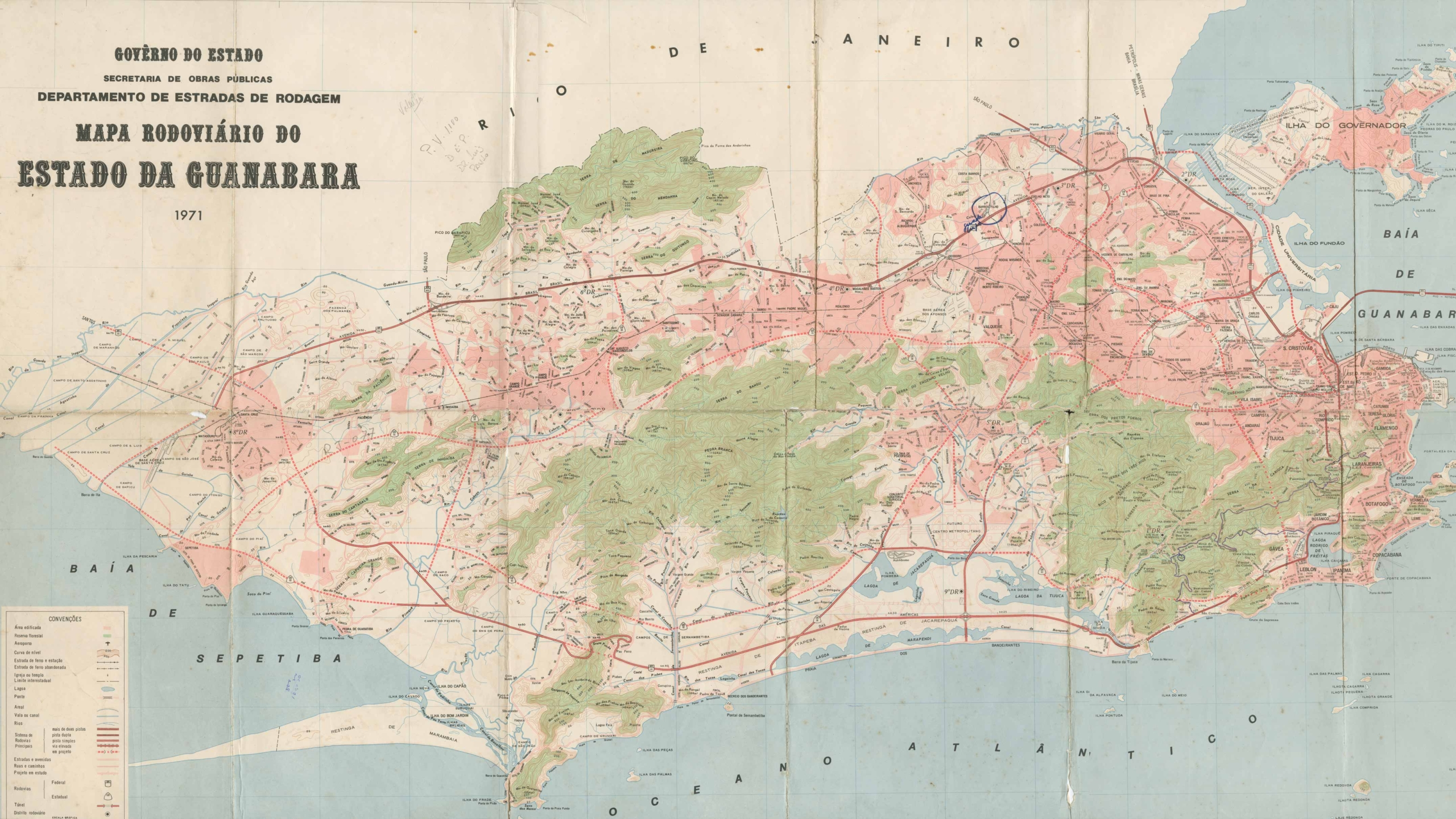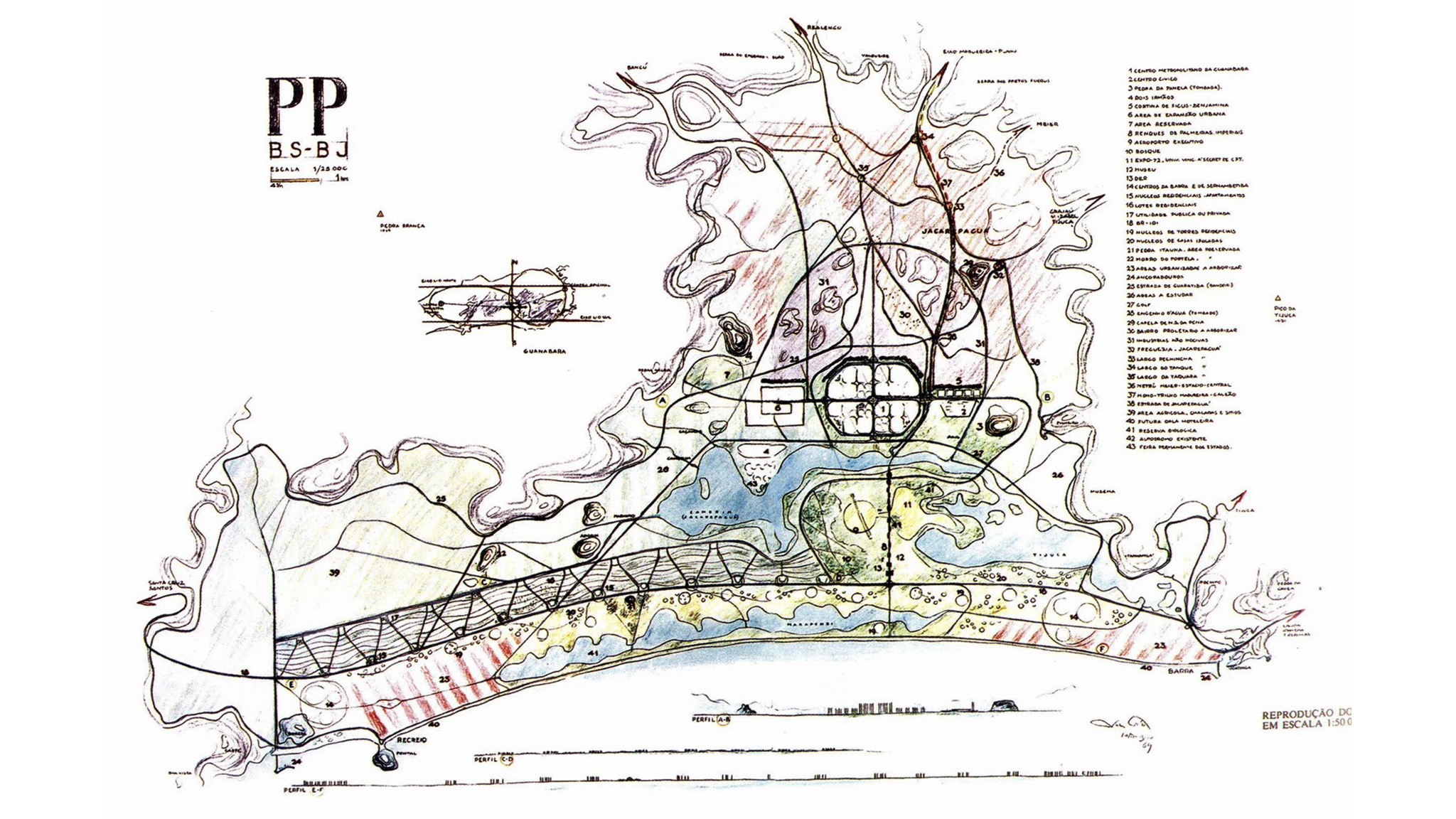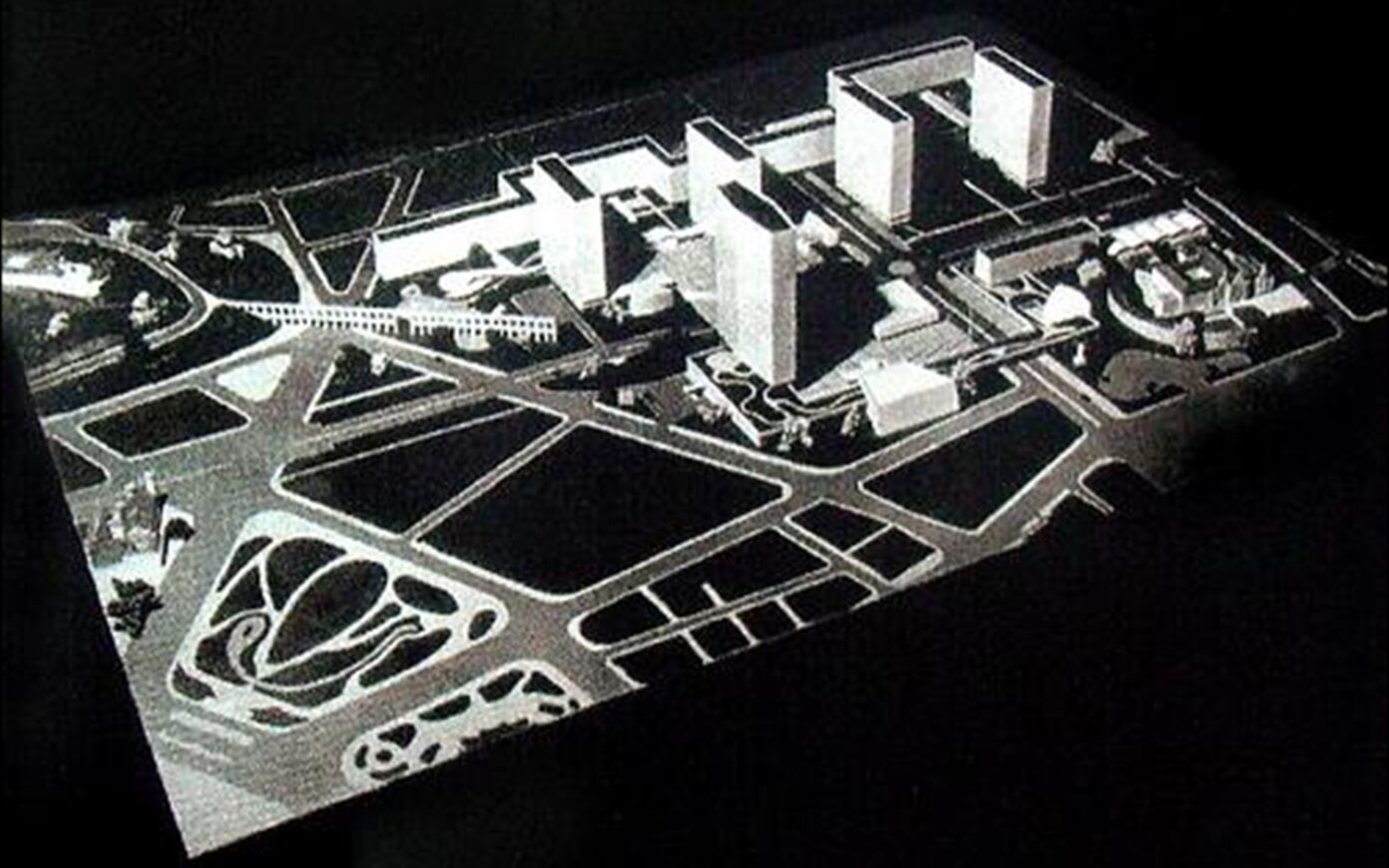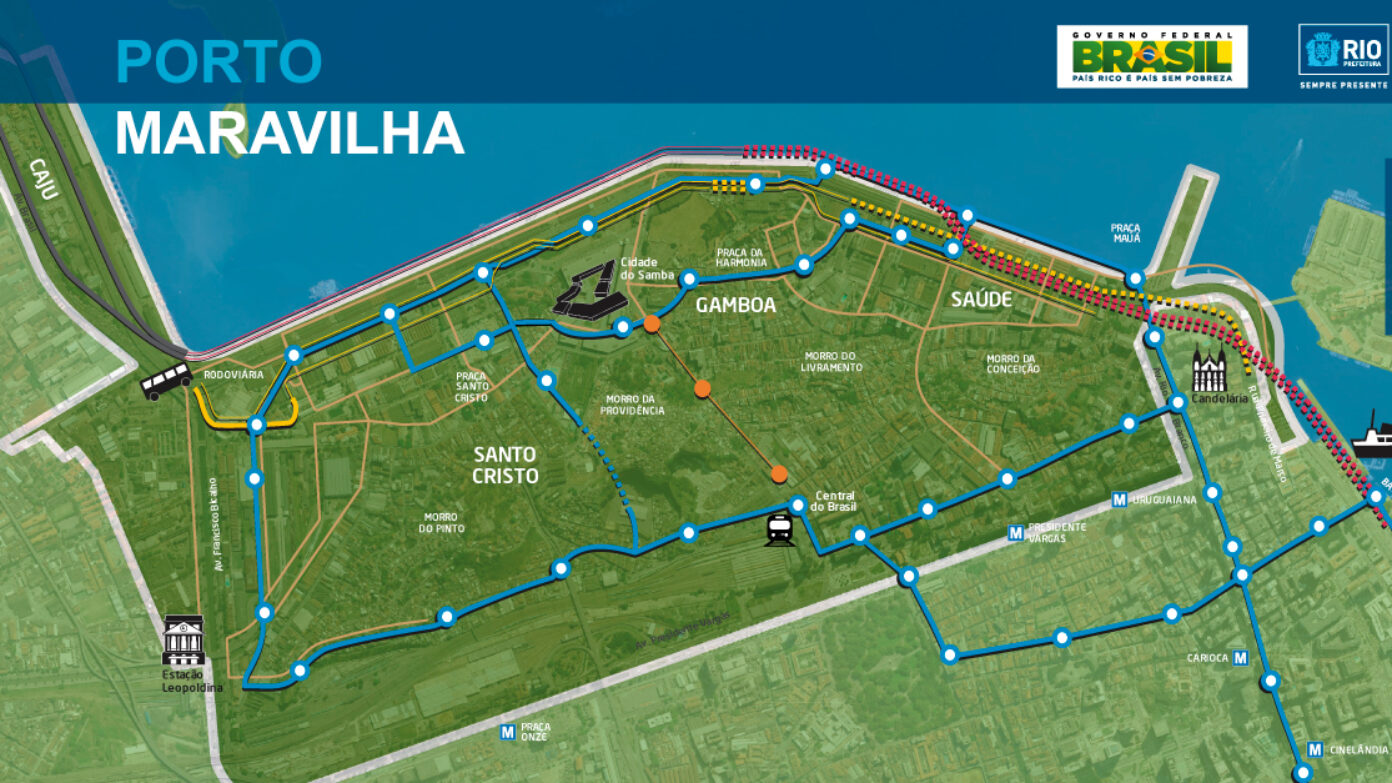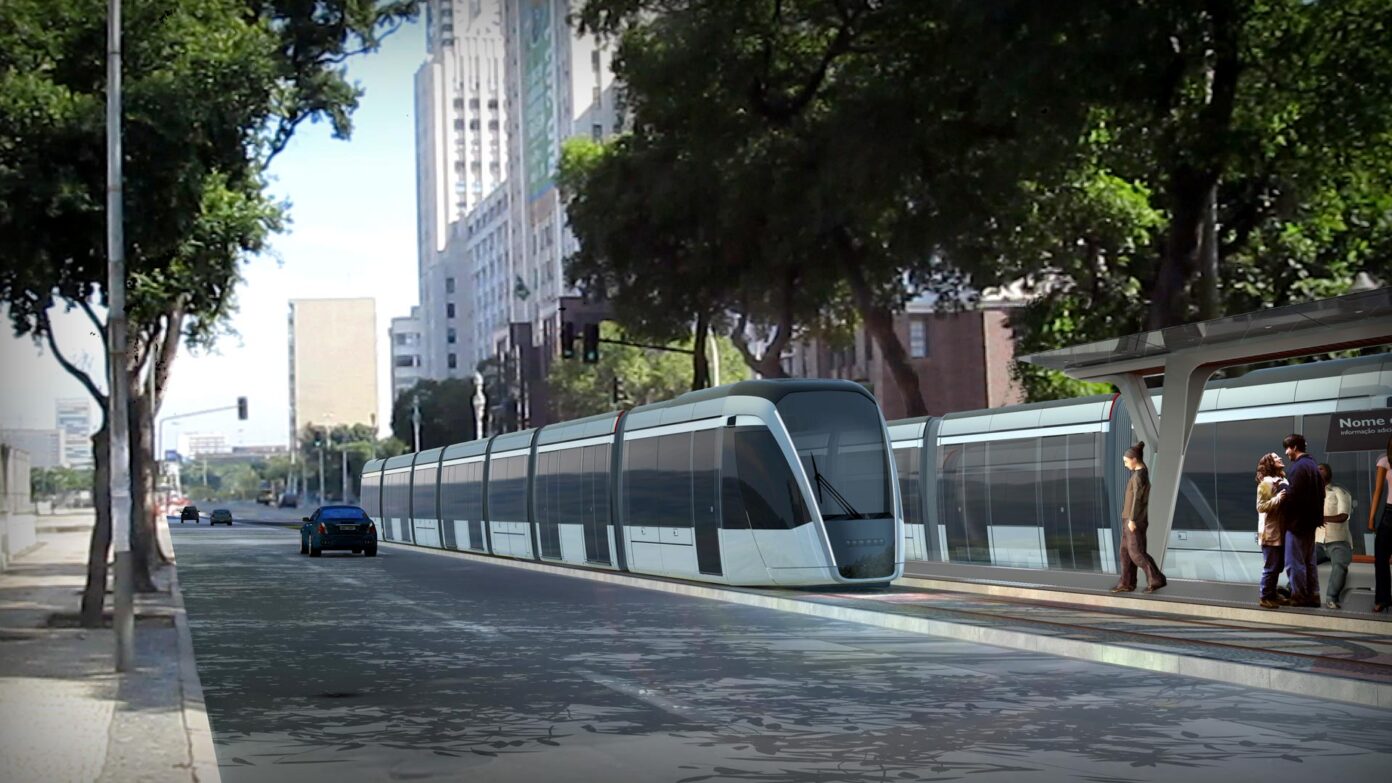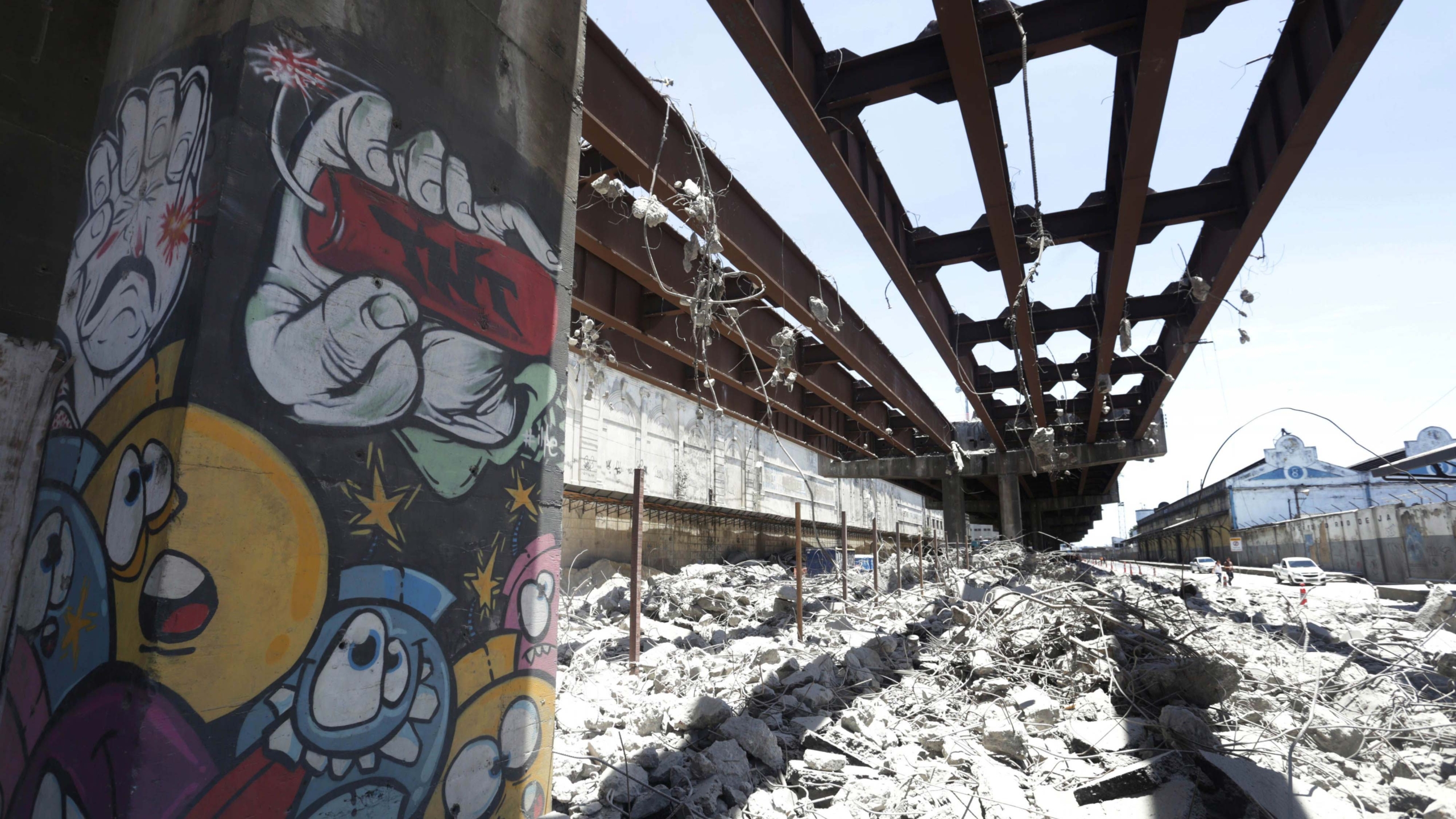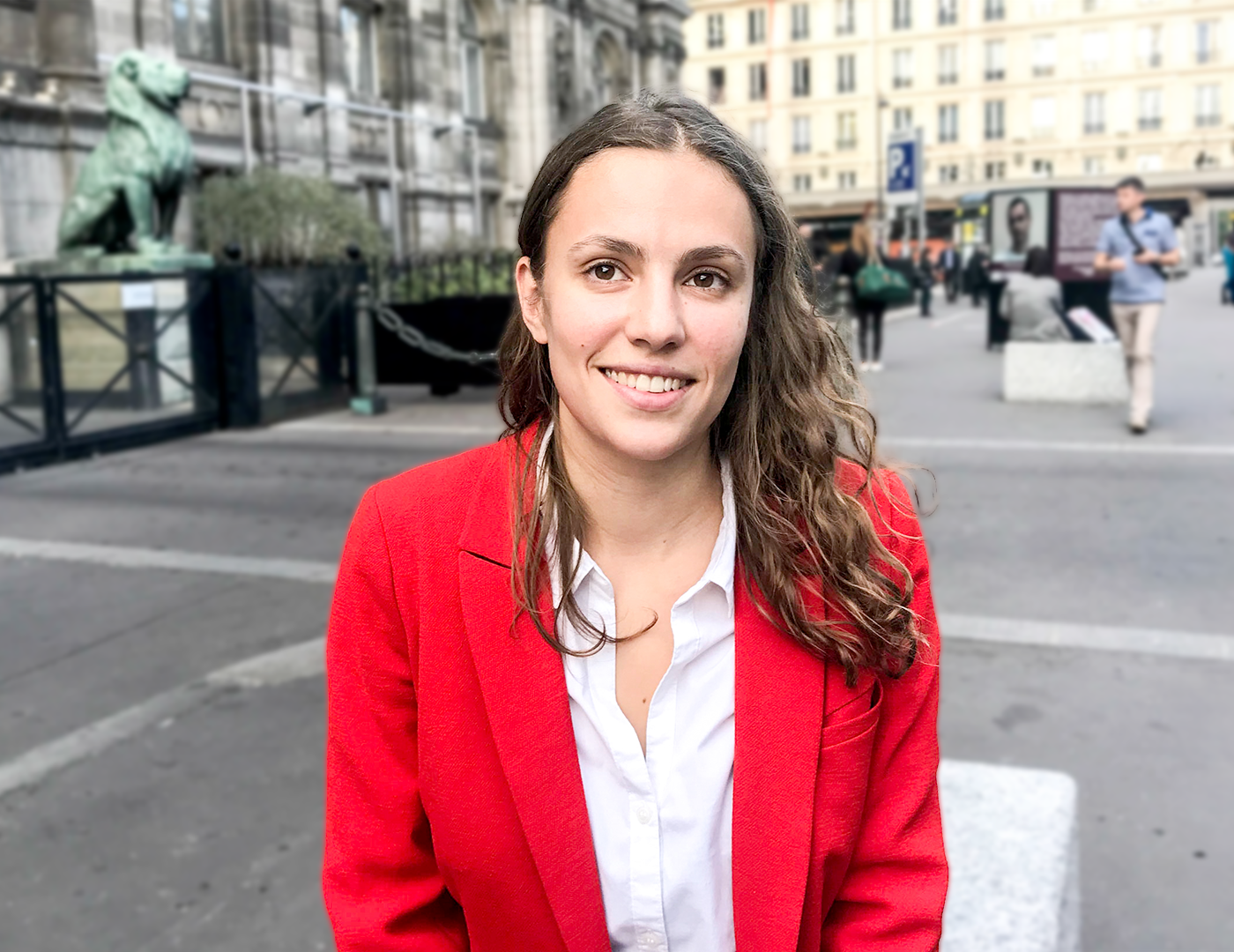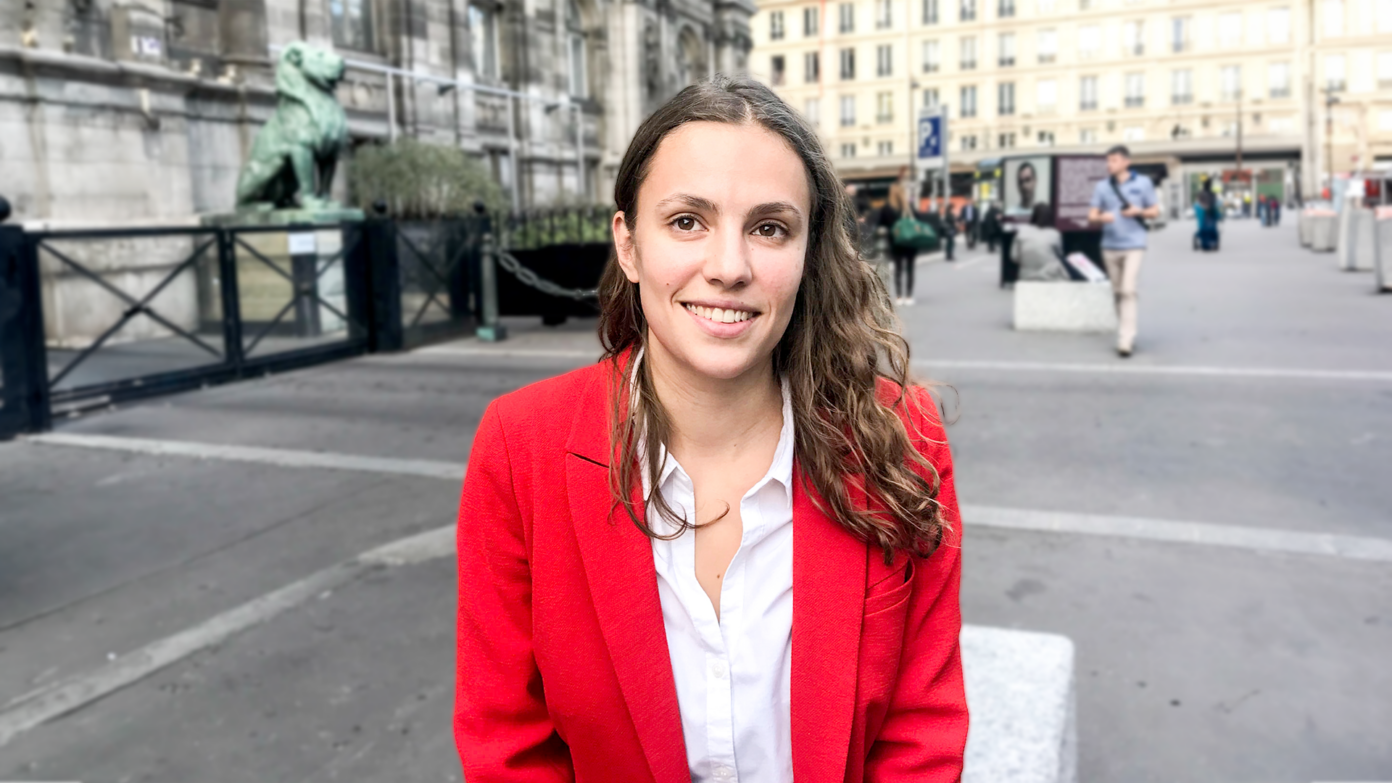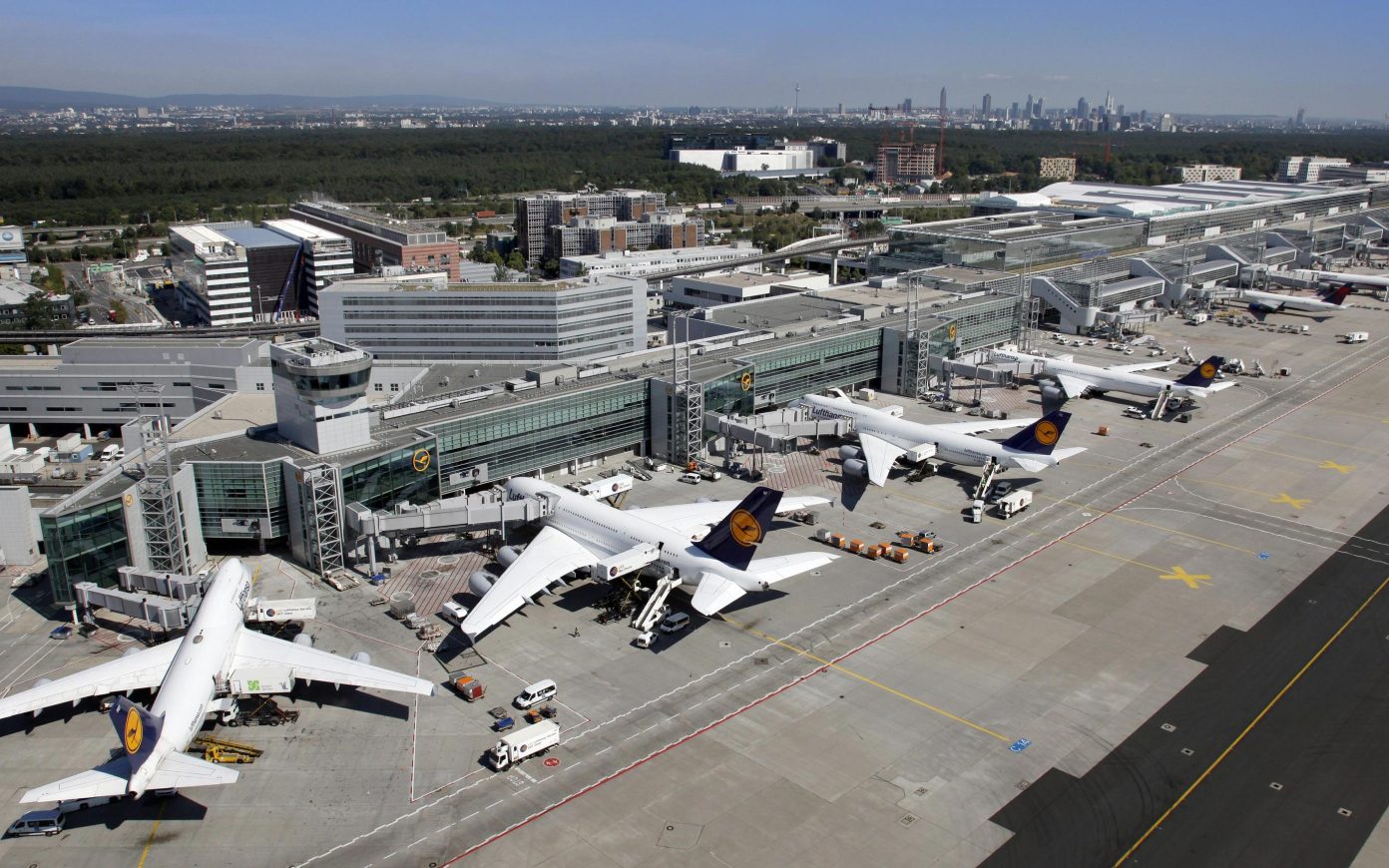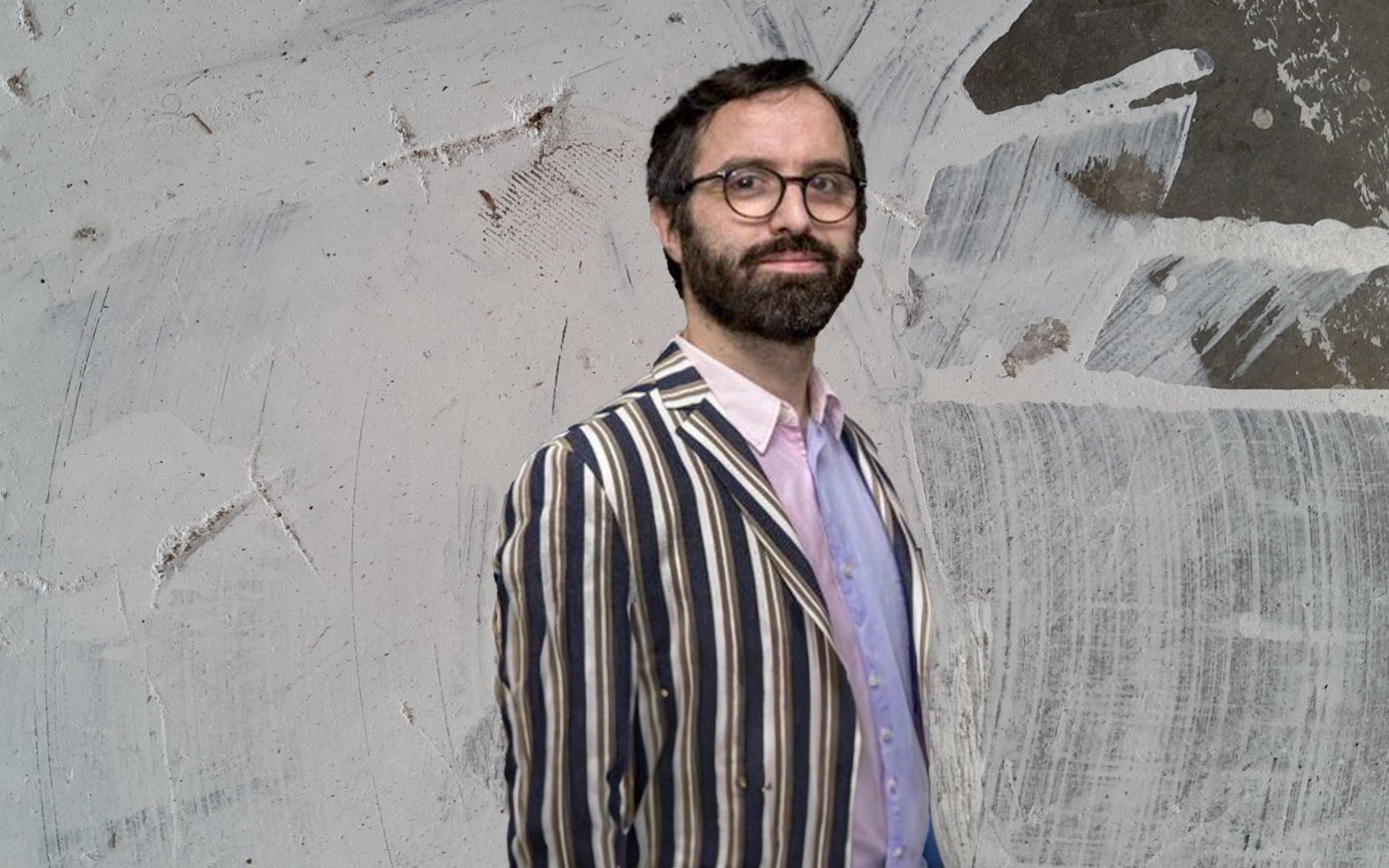I am worried when I see practices which took decades to develop, being set aside because of an ideological debate characterized by extreme and radical stances. These informal areas are the result of state negligence. We have practices which aim to offset budget deficits but don’t have a housing policy which would make it possible for everyone to have a roof. What the heck? Everybody owns a cellphone: there are prepaid plans and postpaid plans, smartphones and older generation phones, but what is important is that everyone is able to communicate and that there is an average of one cellphone for each Brazilian. The housing situation however, is completely different: only a small part of the population can afford to buy real estate and there isn’t even a market offer to satisfy this latent demand. I believe the government should be carrying out its regulatory function and stimulating an appropriate market offer. In large cities, even the most neoliberal, the most planned, the most structured, housing remains accessible, as is the case in New York, Paris, London. Everyone has been through this and this is a major failing of Brazilian cities! I think Rio de Janeiro will soon be able to initiate a similar policy in Brazil. We are at a turning point insofar as we are starting to produce a city with more fairness, more diversity, and where ghettos are starting to be whittled down.
Roberto Cabot: Indeed, it’s an enormous challenge given that the accessible housing is situated in the favelas.
Washington Fajardo: This isn’t the result of a conscious policy but simply of an inefficient practice. We know that there are very pleasant and nice places in favelas and that they have genuine social life. But I like telling people: “Go shopping at the supermarket and walk uphill, you’ll see!” That doesn’t mean I think we should evacuate these areas but with all the technologies which are presently available to model the urban fabric (real-time data processing, ultra-fast 3-D modeling, remote sensing), we can no longer afford to be trapped by dogma in terms of physical configuration for the so-called informal areas. I believe that this way of thinking, this kind of exercise, should be undertaken with the utmost level of freedom, and applied to these realities. It is revolting to condemn a generation to live in poor conditions, even though it is true that there is a social fabric which dampens the physical hardships of these places. It is therefore important to implement real policies and to find technical solutions to set up ramps to ensure better accessibility, with cable cars for instance. It is necessary to use the instruments we have here, which are technologically possible, in order to rehabilitate these spaces. I am presently observing that these propositions are facing strong dogmatic barriers which make it impossible to implement these solutions in the favelas.
Roberto Cabot: And yet there are many success stories out there: Alfama in Portugal is a favela which has become a scenic neighborhood.
Washington Fajardo: Indeed, but consider that Alfama, and other places, have been transformed over the course of four centuries! I don’t want to wait five centuries for our favelas to improve! The truth is that there is no rule. The rule I’m suggesting is not having any rules. Each informal area is a specific case. I have cited Jacarezinho, Babilônia: they can all be improved but the improvements must be based on some fundamental values—the quality of the built environment, efficiency, accessibility, comfort.
Roberto Cabot: You put forward the concept of a nomadic architecture, a temporary and renewable architecture based on the use and optimization of preexisting spaces. What are your thoughts about this as an architect, and not as a civil servant working for the city?
Washington Fajardo: I believe that it is now time to talk about a transient and ephemeral architecture which can address the population’s expectations—an architecture which creates housing in the center, in those idle areas, for an entire generation. In reality, this architecture will emerge by itself, it won’t have to be initiated by the heritage authorities because it isn’t that transient. It will last twenty-five years at the most and then it will change. This phenomenon often happens due to the weight of historical heritage: this new architecture will end up being integrated as long as it is transformable. Indeed, why is it seen as the ultimate form of rapport with the historical environment, with the city’s heritage? It can be a hybrid, transient form.
Roberto Cabot: Within a transient context, it can lead to a form of hybridity.
Washington Fajardo: These are environments which must effectively be protected and preserved. The fluidity of public space, the possibilities of encounters, the quality of architectural spaces, materiality. That’s the challenge. The materiality of architecture must be conceived in another way, in a more transient fashion. I also think that this line of thought leads to the necessity of occupying cities and densifying them. I don’t have any answers to put forward—these are just a few impromptu thoughts on the matter.
In any case, we have managed to apply this idea in practice to some extent with the Olympic Games
and this stadium project which shall be recycled in view of another use: a sixty-day event with huge financial means provides an excellent laboratory for this kind of experiment.
Roberto Cabot: Do you think an effort has been made in this direction for the Olympic Games?
Washington Fajardo: Yes, this project is now ready and it will be completed. The Olympic pool will be moved to another state, the handball venues will be converted into municipal schools in four already defined zones, etc. But this is a laboratory. As a matter of fact, I believe it’s a solution for the organization of the Games and I hope the Olympic Committee will pay attention to this. It’s an innovation put forward by Rio! In London, the main stadium was supposed to be scaled down but that will not happen in the end. The initial principle was the same but it was abandoned. I think it’s an interesting vision—we can think of the Olympic Games as we do a circus or a ship: it arrives, docks, and is set up like a marquee. It’s an ideal scenario, which is environmentally friendly and makes it possible to realize the Olympic ideal of the encounter of cultures. That’s the great objective. But note that this is another vision of urban planning, based on the possibility of more fluid architectures, with more audacious spaces, which aren’t meant to last. I think that the construction of a building which is destined to last, to have a long service life, is an important decision. We need to produce an architecture which is more centered on citizens.
Roberto Cabot: It’s fascinating to consider the need for an architecture in the classical sense, conceived ad aeternum as the Greeks did. The temple was supposed to be eternal. We aren’t building for gods anymore but for a world which is constantly changing.
Washington Fajardo: Yes, that provides another perspective and I think it’s a real challenge. We can use the now trendy term of sustainable development but few people think and talk about the biological dimension of territories. Urban densification is very important at an economic level but I don’t know if I would like to live in Hong Kong during a flu epidemic. The other key challenge is how to supply these high-density areas with fresh food.
Roberto Cabot: That is interesting: Copacabana and Hong Kong have similar issues, don’t they?
Washington Fajardo: Yes. They are high-density cities. To come back to the subject of active urban citizenship, we can imagine that these cities will develop farms or, in other terms, forms of transient and biological architecture with a limited impact on the environment. This could lead them to becoming embedded in an ecozone. From a biological standpoint, high-rise buildings will make it possible to conceive a city as an ecozone. Cities will thus be more livable for individuals and for humanity as a whole.
(This article was published in Stream 03 in 2014)
